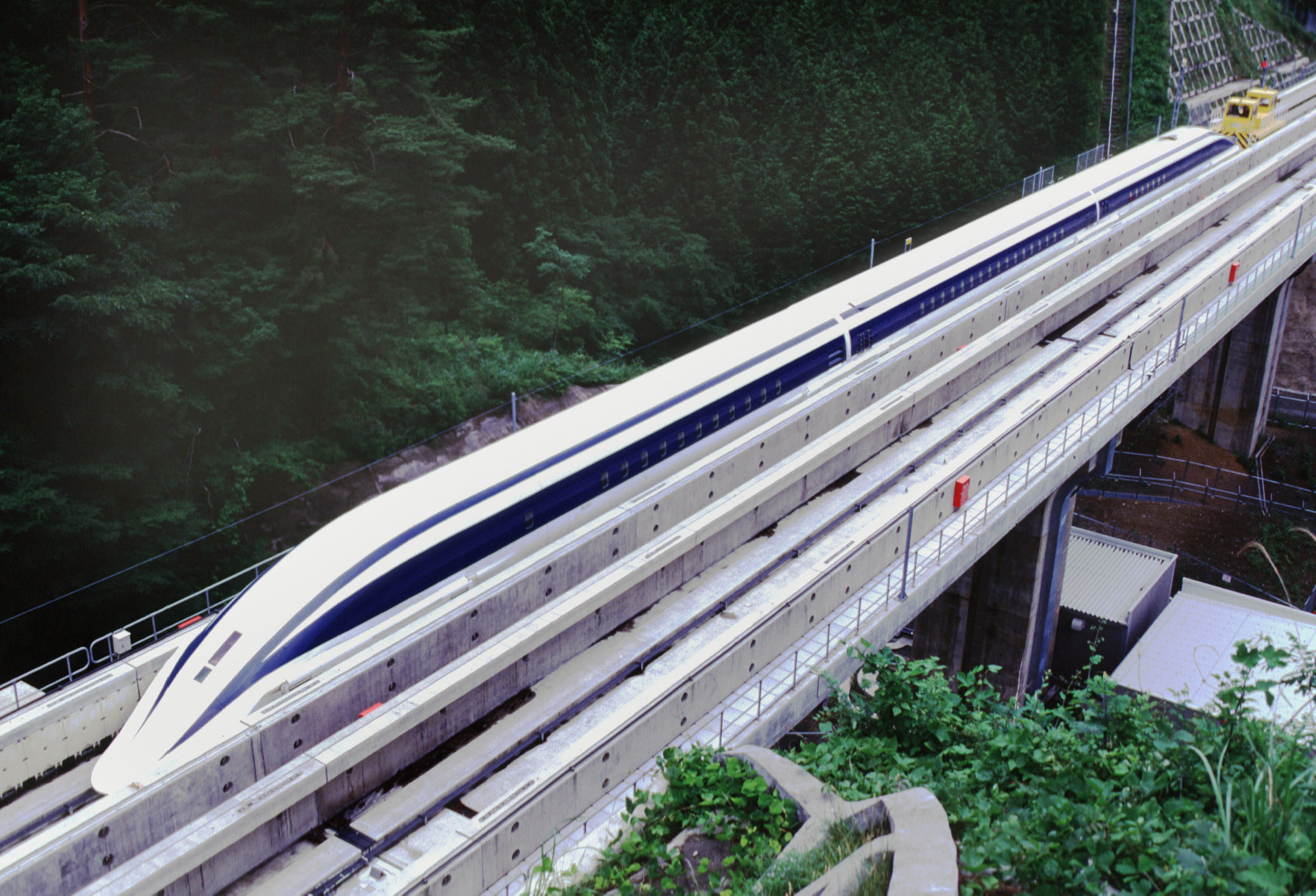North America Pulls Back from Maglev: China's High-Speed Rail Dominance Leaves US Behind

A Shift in Momentum: The US Retreats from Maglev Ambitions
For years, the United States has explored the potential of Maglev (magnetic levitation) train technology – a futuristic mode of transportation promising incredible speeds and efficiency. However, recent developments and a shifting economic landscape have led to a significant change of course. The US is effectively abandoning its ambitious Maglev plans, a move largely attributed to China’s rapid and impressive advancements in this field.
China's Maglev Leap: A Global Leader
China's commitment to high-speed rail, particularly Maglev technology, has been nothing short of remarkable. While Japan pioneered Maglev research as early as 2002, China has taken the lead in practical implementation and innovation. Their Shanghai Maglev, already operational, regularly transports passengers at speeds exceeding 300 km/h (186 mph). But the real game-changer is their ongoing research and development, with test lines achieving staggering speeds of over 1,000 km/h (620 mph) – significantly faster than many commercial airplanes.
Why the US is Stepping Back
Several factors contribute to the US decision to scale back Maglev initiatives. Firstly, the enormous upfront investment required for Maglev infrastructure is a major hurdle. Building dedicated tracks and the complex technological systems needed for magnetic levitation is significantly more expensive than conventional high-speed rail. Secondly, securing funding and navigating regulatory approvals has proven to be a protracted and challenging process.
Furthermore, the rapid advancements and cost-effectiveness of China's Maglev technology have altered the competitive landscape. The US now faces a scenario where it risks falling further behind, potentially missing out on the economic and technological benefits of being a leader in this field. The focus is now shifting towards improving existing infrastructure and exploring more conventional high-speed rail options.
The Implications for the Future
The US’s retreat from Maglev raises important questions about the future of high-speed transportation in North America. While Maglev technology holds immense potential, its high cost and complexity present significant challenges. China's success demonstrates the power of long-term investment and a focused national strategy in developing cutting-edge transportation systems. The move highlights a broader trend of shifting global leadership in technological innovation, and serves as a cautionary tale for nations seeking to compete in the high-speed rail arena.
Looking Ahead: Will other Nations Follow Suit?
The situation in the US may prompt other countries to reassess their own Maglev ambitions. The economic realities and the competitive pressure from China are undeniable. While the dream of ultra-fast, magnetically levitating trains remains alluring, the path to realizing that dream is proving to be more complex and expensive than initially anticipated.






